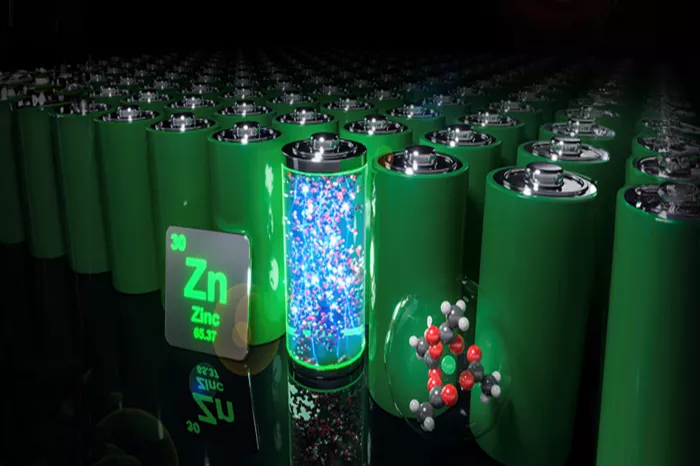South Korean researchers have developed a promising new method to address key limitations of zinc-ion batteries, a next-generation energy storage technology gaining global interest.
Jo Yong-ryun, a researcher at the Gwangju Institute of Science and Technology (GIST) Central Instrumentation Research Institute, and Professor Ahn Geun-hyeong of Dongguk University announced their findings on May 22. Their research was published online in the prestigious journal Advanced Energy Materials on April 2.
Zinc-ion batteries are attracting attention as a safer and more affordable alternative to lithium-ion batteries. They offer a lower risk of explosion and rely on more abundant materials, making them ideal for large-scale energy storage systems (ESS) and renewable energy applications. However, widespread adoption has been hampered by issues such as rapid performance decline during repeated charging cycles and corrosion caused by water-based electrolytes, which significantly shorten battery lifespan.
To overcome these challenges, the team developed a method to apply a thin, uniform layer of graphene to the battery’s current collector—a metal plate that transfers electrical current. Graphene, known for its honeycomb-like carbon structure, is lightweight, incredibly strong, and highly conductive both electrically and thermally.
By using graphene to coat the current collector, the researchers successfully improved both the performance and durability of zinc-ion batteries, marking a significant step forward for safer, longer-lasting energy storage solutions.
This breakthrough could help advance the commercialization of zinc-ion batteries, particularly in the renewable energy and grid storage sectors where stability and sustainability are critical.
Related topics:
- Assembly Fastening Tool Market Set to Reach $4.8 Billion by 2031
- EU Compressor Market for Refrigeration Set to Reach $5.7 Billion by 2035
- Haneda Airport Launches Fast EV Chargers to Power Greener Travel

